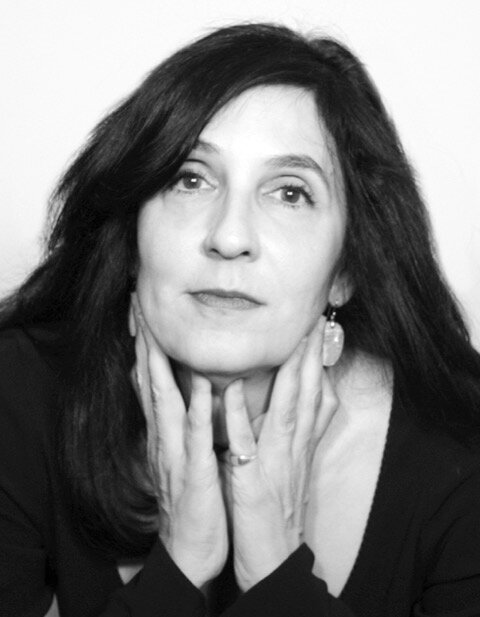Gabrielle Selz
Gabrielle Selz is an award-winning author. Her books include the first comprehensive biography of Sam Francis, Light on Fire, and the memoir, UnStill Life. Her articles have appeared in the New Yorker, the New York Times, and the Los Angeles Times.
Facebook: @Gabrielle.Selz
Twitter: @GabrielleSelz
Instagram: @gabrielleselz
What period of history do you wish you knew more about?
I was born in 1958, but I’m fascinated by my parents’ generation—the first half of the 20th Century—the period immediately proceeding my generation. I think that's because I’m close enough to that period to feel it, to experience the physical remnants, enter the buildings they built, wear their clothes, know the people, and even study with some of them. Yet, at the same time, I'm far enough outside this era to have perspective and see it as a whole. I know the shape of it. I can wrap my head and my pen around the conceptions and misconceptions of the early 20th Century. The Europe to America migration/immigration stories profoundly impacted the shape of our country, business, art, psychology, and science in good, bad and complicated ways.
What piece of clothing tells the most interesting story about your life?
I have a piece of clothing that tells an interesting story about the subject of my biography: Sam Francis. My father and Sam were good friends. Once, when they were out to dinner, my father complimented Sam’s shirt. It was Sam’s favorite shirt, dark blue with birds embroidered on the front pockets and the back. But Sam took it off, right there in the restaurant and handed it to my dad. Sam was a short, little round man and he sat there, bare-chested, laughing. My dad then wore the shirt in honor of Sam. When I began this biography, Sam was dead and my father was in his 90s and the shirt no longer fit him. I took it and hung it in my writing room. Sometimes, when I thought about Sam, struggling to get into his mind/body/spirit, I’d put it on. I’d sit there at my desk, feeling the size and dimensions of Sam. This one piece of clothing tells you how generous Sam was, how much my father admired him and maybe even coveted the talent he possessed, and how a writer—like an actor—uses physical objects to find their way inside a character. Now that the book is done, I will give the shirt to the Sam Francis Foundation.
Is there another profession you would like to try?
Like lots of writers, I feel like I am a detective. I love the part in detective movies where the police detective takes all her photos and tacks them to a wall, and draws red lines between them and scribbles a big question mark in the middle. That’s research and storytelling!
If you could create a museum exhibition, what would be the theme?
I’d curate a show of artists' self-portraits through the ages. Visual, autobiographical statements that reflect the temperament of the artist, the period in which they plied their trade, and the ideas and feelings they were struggling to visualize. Picasso as a lecherous Minotaur, Rembrandt's self-scrutiny in the Dutch Golden Age, Artemisia Gentileschi turning herself into the embodiment of painting itself—Wow! How ambitious! Later, Vincent Van Gogh’s bandaged head against swirling brushstrokes, Andy Warhol’s in hot-pink camouflage, a statement of both the revelation and concealment of portraiture. And Chuck Close towering self-portrait with a cigarette sticking out of this mouth, Cindy Sherman disguised as a B-Movie Star, any of the mythical self-images of Frida Kahlo’s. Barkley L. Hendric and Kehinde Wiley slyly and elegantly using the self-portrait to appropriate European history. Sam Francis did a series of self-portraits, too. I love how atypical they are of his body of work. At the same time, they also reveal his struggle to balance the beauty of his lyrical hand with his complex vision of himself as a monster.
What do you worry about?
Death. The death of the planet, the death of democracy, this last year, the death of people I loved from Covid. My eventual death. In all great writing death is lurking. In all our lives, death is lurking.
But on an everyday level, I worry about paying my bills. Someone once told me, “Replace worry with wonder.” I try to do that. I try to wonder more.
